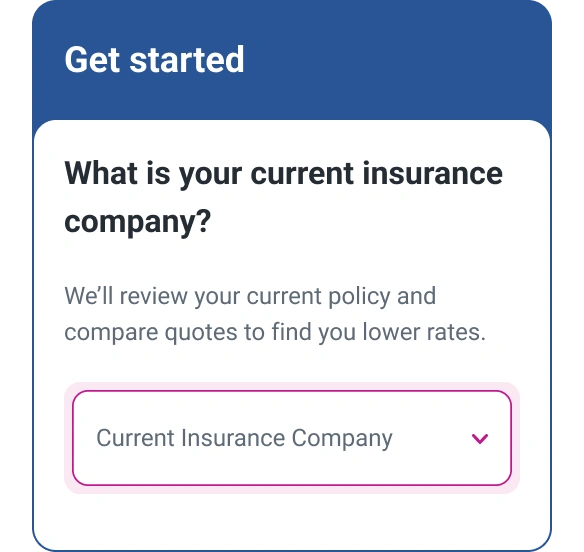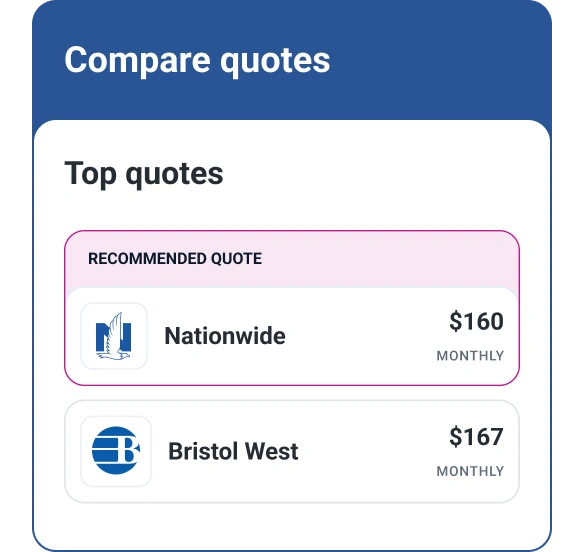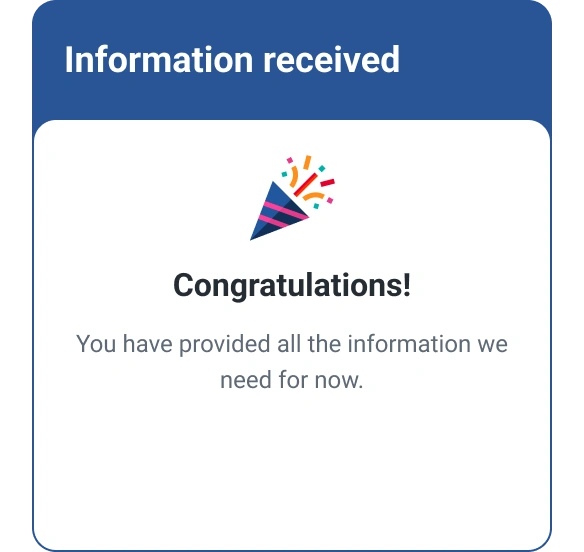Is Roadside Assistance Worth It?
Quick Answer
Roadside assistance is a service that provides valuable 24/7 coverage when you’re stranded on the road. You can get help with towing, lockouts, winching and more—and many plans cost just a few dollars per month.

For a monthly fee, roadside assistance covers you for major services like towing and fuel delivery. It could be a service you may pay for and only use a handful of times, but could be crucial in times of need. Before you purchase coverage, you'll want to understand the features of the plan and whether the cost fits into your budget.
What Is Roadside Assistance?
Roadside assistance is a service that's designed to get your car back on the road if you need help.
Depending on the details of the roadside assistance plan, it may cover services like towing, fuel delivery, lockouts and more. You'll typically call a designated 24/7 hotline or request help through a mobile app, and the provider will send someone to handle the service you need.
The plans may be available through your regular auto insurance policy, as a benefit through your credit card or with an automotive club.
What Does Roadside Assistance Cover?
Most roadside assistance coverage can help in these situations:
- Your car battery dies and you need a jump start, replacement or tow to a charging station.
- You run out of gas and need a fuel delivery.
- You have a flat tire that needs to be changed.
- Your vehicle is stuck in sand, mud, water or snow.
- You lock yourself out of your car or misplace your keys.
- Your car isn't driveable and requires a tow to an auto repair shop.
- Your car is disabled and needs simple on-scene labor.
But roadside assistance plans usually set limits on details like the number of assistance calls you can make in a year, the dollar limit covered for each service or the maximum number of miles the provider will tow your car. You also may pay for certain items, such as the cost of fuel.
How Much Does Roadside Assistance Cost?
Roadside assistance is generally affordable, ranging from free up to $180 per year, but the cost depends on the type of provider and the services offered.
You can typically expect to pay around $50 to $180 per year to join an automotive club such as AAA or Better World Club. Providers usually categorize roadside coverage into several tiers, with lower prices translating to less service.
When adding the service to an existing auto insurance policy, the price for roadside assistance generally starts at about $15 to $30 per year for each vehicle.
A few credit cards offer roadside assistance as a benefit to their cardholders for free, though services may be limited and these cards usually come with an annual fee. Additionally, some cellphone providers either offer roadside assistance for a flat monthly fee per line, or they partner with automotive clubs and offer coverage to subscribers for free.
Several major auto manufacturers include roadside assistance as part of a limited-time warranty, then charge for the service thereafter.
| Type of provider | General price range per year |
|---|---|
| Automotive club | $50 to $180 |
| Auto insurance company | $15 to $30 |
| Credit card company | Free or per-service charge |
| Cellphone provider | $0 to $60 |
| Car manufacturer | Free for a limited time |
Some membership plans allow you to add on services, such as identity theft protection, bicycle roadside assistance or trip interruption coverage, for an additional fee.
Where to Get Roadside Assistance Coverage
Most insurance companies offer some form of roadside assistance coverage as a rider (an add-on to your policy), but you may find these services through other providers as well. Here are some options:
- Insurance companies you don't already do business with: Roadside assistance coverage is generally available from insurance companies as stand-alone coverage if you already insure your vehicle through another company.
- Automotive clubs: A subscription through an auto club could be more expensive than coverage through an insurer, but it may also offer you perks such as discounts and benefits that insurance companies can't provide.
- Auto manufacturers: Some car companies and auto manufacturers offer free or per-service roadside assistance programs that come with the purchase of a new vehicle.
- Cellphone providers: Your cellphone carrier may offer roadside assistance, typically at a small monthly fee. One thing to note is that often coverage is linked to a specific phone line, so the phone and subscriber have to be present to qualify for assistance.
- Credit card companies: Select credit card companies offer a variety of roadside assistance programs. Some provide service on a pay-per-use basis, so you won't be charged unless you use it. With some cards, services are free up to a certain amount.
How to Choose a Roadside Assistance Plan
Here are some steps you can take to choose the best roadside assistance plan for your budget:
- Look for existing coverage. Check whether your credit card, cellphone provider or auto manufacturer offer free roadside assistance as a benefit. Go through the plans to look for the services included and any limits you'll need to follow. One option is to use up your free benefits and then buy coverage from another provider later in the year if needed.
- Check your car insurance policy. If you don't have access to free coverage, check whether your car insurance company offers roadside assistance. Find out how much you'll pay each year and which services are included. If you're not happy with what your existing insurer offers, research what else is out there from other insurance companies.
- Research automotive clubs. Clubs like AAA and Better World Club offer robust roadside plans at different price points. These plans may be a good fit if you don't own a car but want some type of coverage and you don't have existing coverage elsewhere.
- Sign up for a policy. Once you've researched your options, you'll be able to pinpoint a plan that works with your budget and offers the level of coverage you need. Sign up for the plan, then review the policy after the first year. Make any changes to the plan or consider canceling it if it's not working for you.
Frequently Asked Questions
Is Roadside Assistance Worth It?
Roadside assistance can be worthwhile as it provides peace of mind and support when on the road. You may be able to call for help 24/7 if you need assistance, regardless of your location, saving a significant amount on services like towing and locksmith services.
Membership plans through third-party services are generally more expensive, however. If you're looking to save money, you can purchase coverage through your insurance provider for a lower cost or get limited, free coverage through a credit card that offers roadside assistance.
You'll need to keep in mind that some coverage providers limit the number of service calls you can place each year, and you may not be eligible for services if the vehicle that needs servicing is not covered under the plan.
Does Using Roadside Assistance Increase Your Premium?
In short, yes. Adding roadside assistance to your car insurance plan may increase it by about $15 to $30 a year or more. The price depends on the insurance company and the level of coverage you buy.
Does Roadside Assistance Cover Towing?
Most roadside assistance programs cover towing. Some plans limit the number of miles you can tow your car, with any additional miles beyond that limit resulting in fees.
The Bottom Line
Roadside assistance can provide valuable coverage when you're stranded on the road. You have several options for getting a membership with an automotive company, adding it to an existing car insurance policy, or finding free benefits through a cellphone provider, credit card or car manufacturer. You'll want to check the coverage limits and pricing for multiple plans before choosing one.
Don’t overpay for auto insurance
If you’re looking for ways to cut back on monthly costs, it could be a good idea to see if you can save on your auto insurance.
Find savingsAbout the author
Kim Porter began her career as a writer and an editor focusing on personal finance in 2010 and has since been published everywhere from Yahoo! Finance to U.S. News & World Report, Credit Karma, USA Today, Fortune and more.
Read more from Kim

